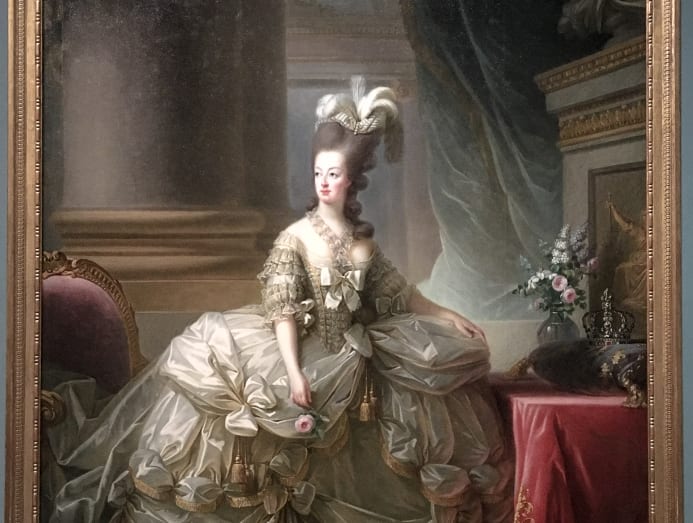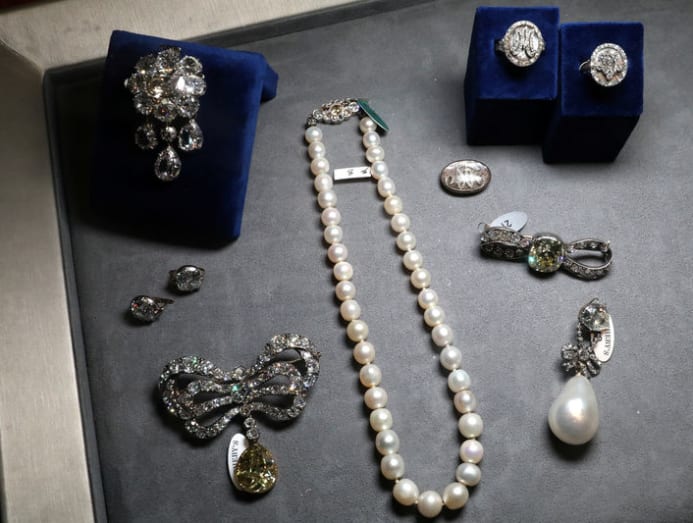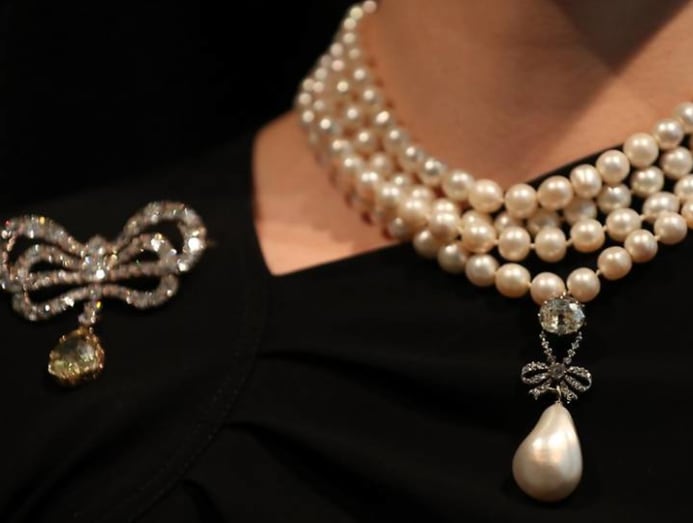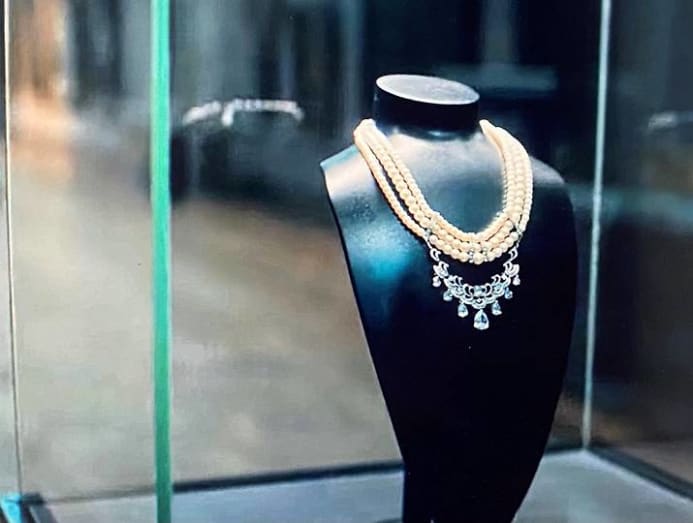Netflix's Lupin: Is the Marie Antoinette necklace based on fact or fiction?
Is Lupin your current Netflix binge obsession? We break down the story of the Marie Antoinette diamond necklace that’s a focus of Season 1.

Netflix's French crime thriller series Lupin centres around a diamond necklace, once owned by Queen Marie Antoinette of France. (Photo: Screenshot/Netflix)
In case you haven’t heard, Lupin is the French crime thriller series starring Omar Sy that has been smashing Netflix records since it premiered on Jan 8. The series is a modern retelling of Arsene Lupin, the “Gentleman Burglar”, a character created by novelist Maurice Leblanc.
Lupin revolves around the story of Assane Diop (played by Sy), a man on a mission to avenge his father, who died in prison after being falsely accused of stealing a diamond necklace from the wealthy Pellegrini family, that once belonged to Queen Marie Antoinette (1755-1793).
Decades after his father’s death, the necklace has been uncovered and is now up for auction at the Louvre. Assane, now a master of disguise, attempts to steal the necklace, hatching a plan to infiltrate the museum and manipulate his team of thugs in order to leave with the jewel in his pocket.
But how much does the Marie Antoinette necklace draw from history? Is the necklace real? We answer your burning questions below, starting with…
WHO IS MARIE ANTOINETTE?
Marie Antoinette was the last queen of France before the French Revolution took down the monarchy. She was born in Austria and married heir apparent to the French throne, Louis-Auguste, in 1770, at just 14 years old.

Four years later, her husband ascended the throne and became King Louis XVI of France, making Marie Antoinette the Queen of France. The couple had four children, only one of whom survived into adulthood.
In 1793, she lost her head to the guillotine (more on that later).
WHAT ABOUT HER JEWELLERY COLLECTION?
Marie Antoinette had a reputation for excess, and her lifestyle made her the subject of hatred among the people during the French recession. There were rumours that she spent a fortune on decadent clothes, wigs and jewellery, including lavish diamonds and pearls.
The Queen did not make it through the French Revolution, but her jewellery did. For centuries, it was widely believed that all the crown jewels had been lost when Marie Antoinette and the King attempted to flee France.
In reality, the Queen had actually placed her prized jewellery in a wooden chest and passed it on to Florimond Claude, Comte de Mercy Argenteau, an Austrian diplomat and loyal retainer to the queen. The collection was smuggled out of France and made it safely into the hands of the Austrian Emperor (Marie Antoinette’s nephew), before being passed back to Marie-Therese, the last surviving child of the French monarchy.
The collection remained in the possession of Marie Antoinette’s heirs, unseen to the public for 200 years, until it resurfaced on the auction block in 2018. That year, Sotheby’s held what it dubbed “one of the most important royal jewellery collections ever to appear on the market”.

The jewellery sold for millions at the auction. A large diamond-and-pearl pendant fetched over US$36 million (S$47.9 million), setting the world record for a pearl sold at auction. The collection also had a monogram ring bearing the initials MA, which had a lock of the queen’s hair encased.

In total, ten pieces of Marie Antoinette's jewellery raked in over US$40 million at the auction.
SO, IS THE LUPIN NECKLACE BASED ON FACT OR FICTION?
It’s actually a mix of both. There was indeed an important diamond necklace in the history of Marie Antoinette, but it was never owned by the Queen and in fact, led to her demise.
In 1772, King Louis XV commissioned an outlandish diamond necklace from Parisian jewellers Boehmer and Bassenge as a gift to his mistress. It was reportedly made out of 647 individual diamonds for a combined weight of 2,800 carats.
But before the necklace could be completed, the King passed away. Left with a necklace with no buyer, the jewellers approached King Louis XVI years later, hoping his wife, Marie Antoinette, would take a liking to it. Unfortunately, she did not, preferring instead to spend the money on battleships.

Enter Jeanne La Motte, a con artist and illegitimate descendant of King Henri II of France who had been slowly climbing up the royal ranks. She made the acquaintance of the Cardinal de Rohan, a member of one of France’s most distinguished royal families. The Cardinal aspired to be a minister in the royal court, but had fallen out of favour with Marie Antoinette.
Through a series of forged letters, La Motte ends up tricking the Cardinal into thinking that Marie Antoinette was interested in the necklace. Determined to gain the queen’s favour, Rohan meets with the jewellers and agrees to pay for the necklace in instalments. He gives the necklace to La Motte to pass on to the Queen. Of course, this was all part of La Motte’s scam, and she takes the necklace to her husband, who takes apart the necklace and sells off the individual stones. The jewellers were never paid.
The Cardinal was arrested and a sensational trial followed. He was eventually declared innocent and La Motte was arrested and judged.
Although historians believe Marie Antoinette was blameless, the public believed that the Queen had been involved in the scam to cheat the jewellers and the Cardinal, whom she detested. The Queen’s popularity suffered a huge decline, and her reputation never recovered.
The necklace was said to have sparked the French Revolution and a few years later, Marie Antoinette faced the guillotine on accounts of treason, nine months after the King was executed. Her death signified the end of the French monarchy.
The necklace in Lupin is indeed based loosely on this diamond necklace, with several similarities including the fact that both had been broken up and their gems scattered all over the world.

But the real diamond necklace was never recovered, nor had it ever been in the hands of a wealthy family, nor ever displayed at the Louvre.
What happens to the necklace in Lupin in the end? Well, you'll just have to stream the series to find out.





